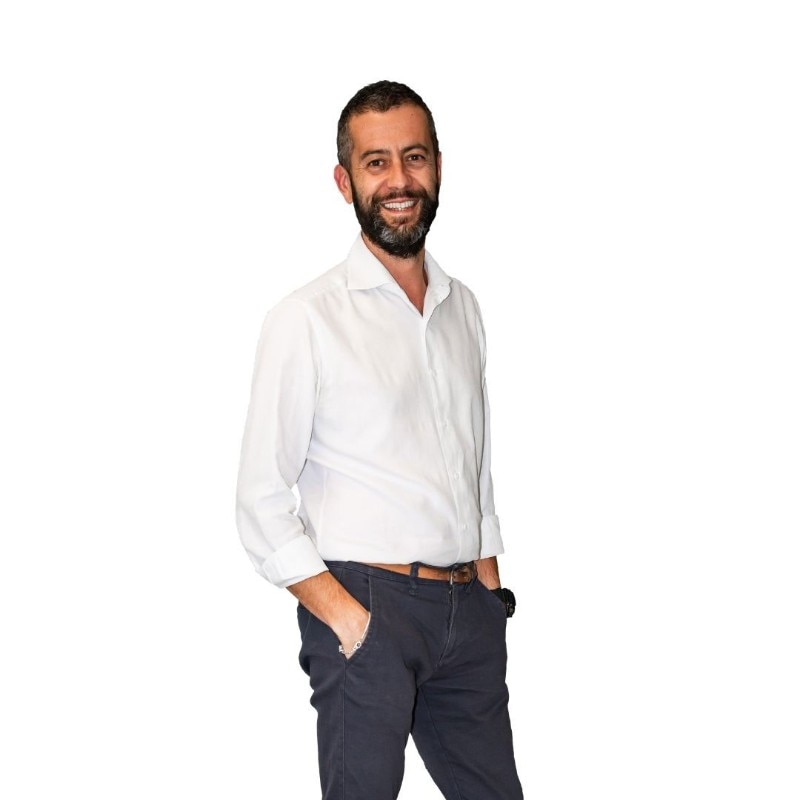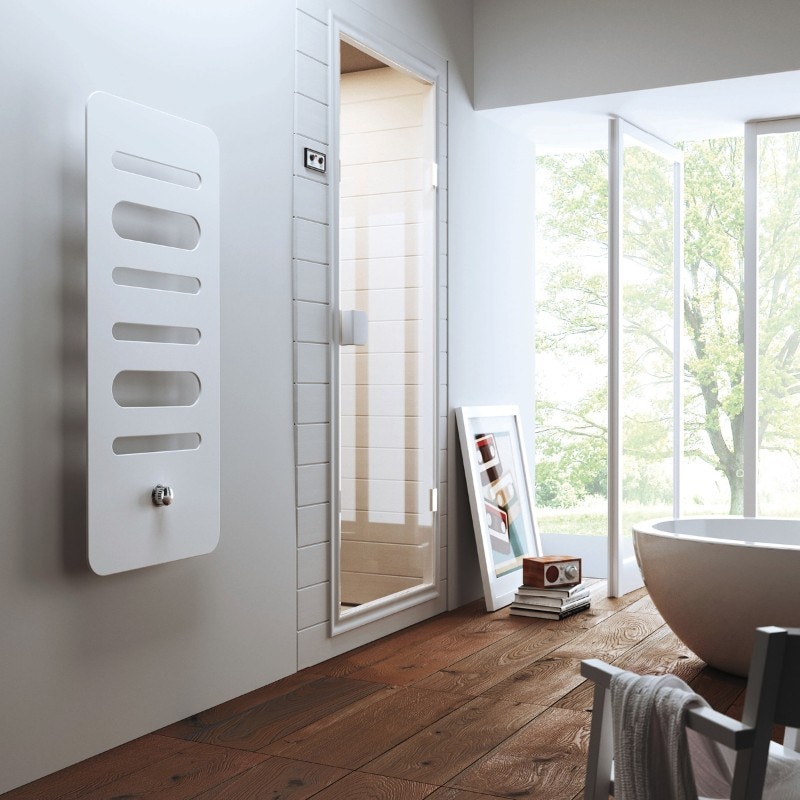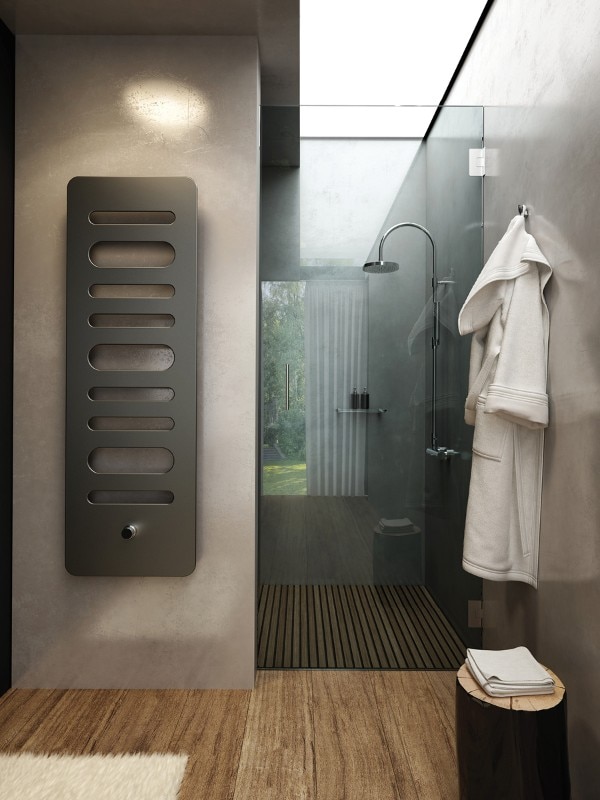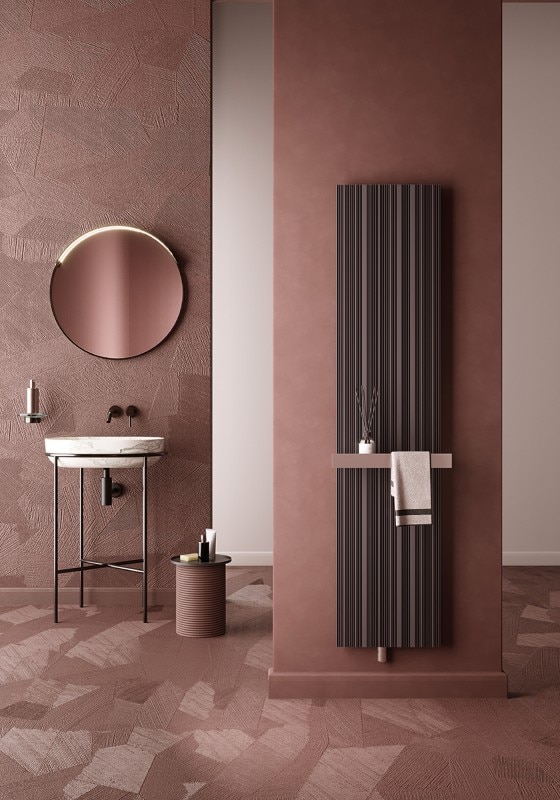“With a collaborator – that more a friend than a colleague – Ercole Cordivari was going around selling metal tanks. In the evening, they would come back with the orders and have them produces. His is a story is also somewhat heroic if you will, one of passion and dedication. But the Made in Italy stories are all this was,” states Luca Di Giannatale, Head of Marketing and Communication at Cordivari. With him, we embarked on a journey that took us from the company's origins in the 1970s to the most pressing current challenges, which affect not only the brand but the whole world of design.
"Ercole Cordivari’s entrepreneurial adventure, the company's founder, began in 1972, after an experience abroad. After temporarily emigrating to Switzerland, Cordivari learned metalworking and returned to Italy with the ambition of starting his own business. He started a business producing water and diesel fuel steel tanks. The time was particularly favorable and demand was very high, especially for road transportation and construction equipment. The company grew in a short time. Given the company’s ability to process metals and its rapid evolution, Cordivari tried to expand its areas of production by also focusing on hot water tanks, system components, and boilers. Once you enter plant engineering, you then think about terminal units: radiators," Di Giannatale tells us.
In the 1980s, terminal units were exclusively made of cast iron. Instead, Cordivari began to produce them in steel, a material he knew and could work with. This changed the design of the radiator, which was no longer considered only a technical and technological house element, but also a beautiful and distinctive object. In addition, the new radiators offered a new type of comfort for that time, such as the possibility of warming a towel on it. This triggered relentless research in order to create a solution that could combine form and technique, efficiency and aesthetics. The result is a collection of stainless-steel products completely different from what had been done before. The collection is then expanded with the help of various internationally recognized designers – the first design radiators (some of which are still in the catalog today).
In those years Cordivari counted numerous innovations and successes. Di Giannatale suggests an iconic example: “Research, effort, innovation. One product that best represents that period of time is the Extra Slim Radiator. With the designer Simone Michele and the architect Mariano Moroni, we managed to create a radiator only 7mm thick, and thanks to molding technologies could have creative shapes: it was a small revolution.”

The Cordivari Design brand, which focuses only on designer heating units, was established quite recently, in 2006, but it is the result of a path that started from craftmanship and, after 50 years, is now headed towards technological innovation and uses some of the most advanced productive facilities of the field.
“You must have seen those wooden grills that used to hide radiators… Our hallmark has always been to transform an element that was usually concealed and was considered 'ugly,' into a key element. Cordivari’s radiators have the ability to enhance the décor and interior design of a living space. Our approach can be considered an artistic one. Not only do we give our designers freedom, but we also encourage them to express themselves in that way," Di Giannatale says.
A product that best represents this approach is the award-winning Tessuto (Fabric), a radiator created from a reflection on fabric texture of the designer Marco Pisati, from the desire to reproduce its warp on the surface of a furnishing radiator. The designer imagined a series of enlarged metal filaments placed one next to the other in order to create a thick vertical and syncopated rhythm that shapes an interesting play of lights and shadows, a suggestive game in which they seem to chase each other. The production technique was inspired by silk-screen printing techniques used in modern art; thanks to its intended asymmetry, Tessuto has infinite variations.
Currently, among the main challenges of the brand (but it’s true for the entire industry) there is that of environmental sustainability. “These activities take up an increasingly relevant slice of our agenda and it defines the planning of future activities. Sustainability does not only mean choosing eco-friendly or recyclable materials, but it is also a matter of overall behavior. It’s a stance, a way of looking at problems that takes shape in a layering of actions and expedients: the choice of raw materials, the design of production facilities, the management of energy resources, the control of production flows, the use of renewable energies... and even designing products that are sustainable in their use: durable, efficient, and for this reason also convenient."
The way in which Cordivari faces environmental issues mirrors the way the brand evolved throughout the decades – a powerful example for the entire Made in Italy. “Individual creativity and genius are not enough anymore. Times are too complex and challenges are too big now. Our reality has changed in terms of management, with a well-defined structure in which creativity is distributed, with the ability to put design in dialogue with research and development, engineering, marketing, and the commercial sphere. Now the brand boasts about 800 people and manufactures everything in Italy, so that we can interact and redistribute wealth on our territory."















